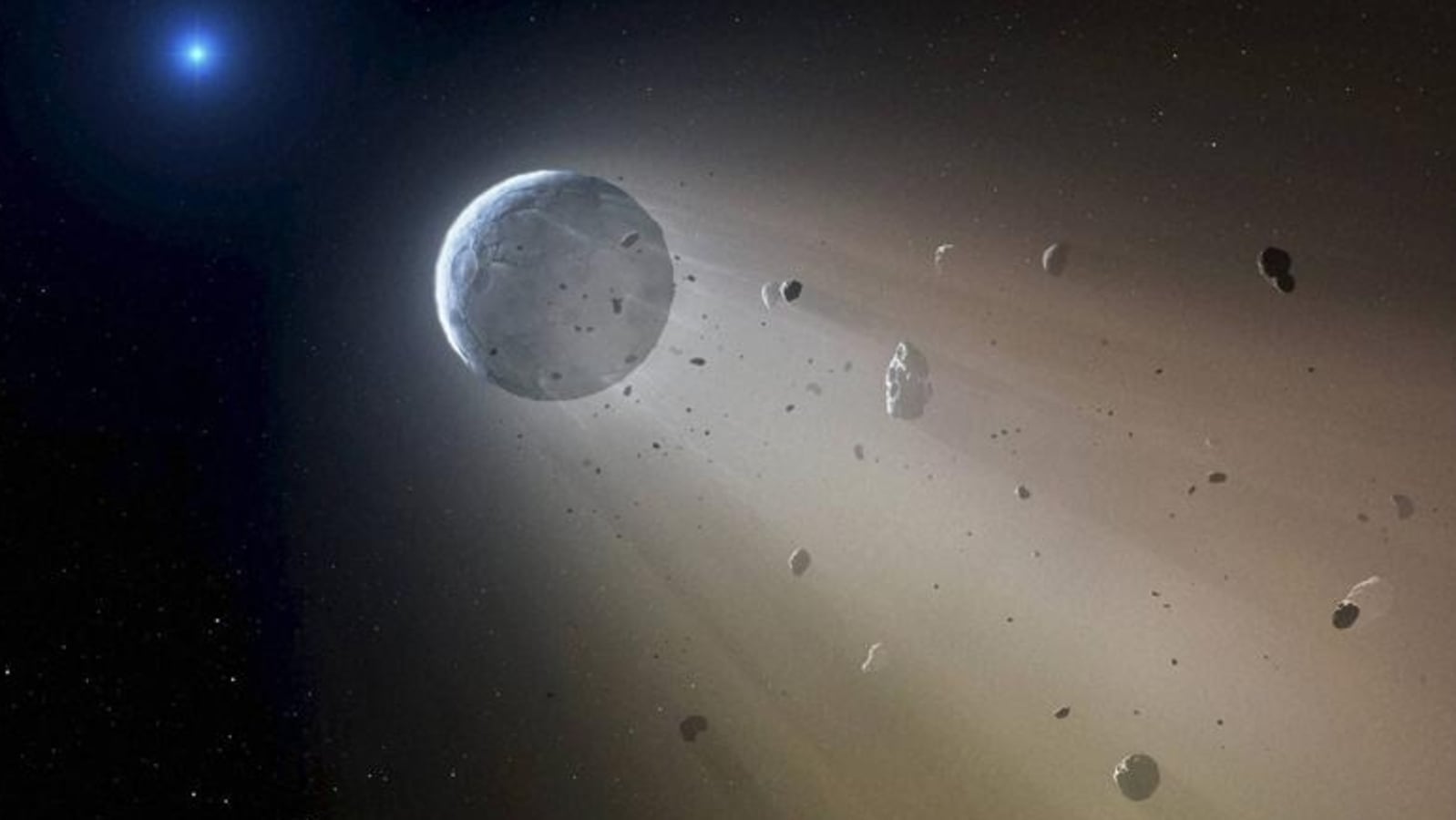This new asteroid hunting method is revealing never-seen-before space rocks around Earth
The astronomers at Pan-STARRS have figured out a unique way for hunting the asteroids in the sky and are claiming to have found many around the Earth which have not been seen by humans before.
Collecting data about asteroids that roam around the Earth is extremely important. This data enables scientists to prepare risk assessment models and know whether the Earth is going to get struck by an asteroid in the near future or not. And that is why space agencies like NASA, ESA (European Space Agency), JAXA (Japan Aerospace Exploration Agency) and others monitor more than 29,000 near-Earth objects (NEO). However, there is one problem. All these asteroids were discovered by observing the night sky. Which means the daytime gets zero observation and half the asteroids around the Earth have never been identified. But now, Pan-STARRS observatory is bringing a new method of asteroid hunting to the table.
The Earth has witnessed situations where an asteroid was spotted mere hours before it made its closest approach to the Earth. If these had crashed on Earth, there would have been a catastrophe. In March 2022, a small asteroid named 2022 EB5 exploded in the sky near Norway and scientists were only able to notice it 2 hours earlier. Thankfully, it was a small one. This happens mainly because the Sun glare makes it impossible to observe any asteroid during the daytime. But this also makes the Earth very vulnerable and exposed to asteroids that may appear from the wrong side and cause a massive disaster. Ideally, if astronomers find out about these asteroids on time, space agencies like NASA can try and deflect or destroy these before they crash on Earth.
“When you take an image, your background is much brighter, so an object doesn’t stand out as easily when you have a really high noisy background,” Scott Sheppard, an astronomer at the Carnegie Institution for Science, told The Verge, explaining the role the Sun plays in limiting scientists. But this doesn’t mean there is no solution. In fact, Sheppard himself has been working on one. It is called the ‘Twilight method’.
Twilight method can help scientists in asteroid hunting
At the Pan-STARRS observatory, scientists are trying something courageous. Every day, astronomers are braving the Sun and observing the sky 10-15 minutes before sunrise and 10-15 minutes after sunset. While the sunlight still causes problems in observing the image, it is not impossible like during the daytime. And doing this has been surprisingly successful. The Blanco four-meter telescope in Chile has found an asteroid for the first time which orbits the Sun closer than Venus.
But this is not easy. Processing an image where the Sun glare exists means spotting very small dots is difficult. Further, even if an asteroid is spotted, the time period of 10-15 minutes is just not enough to collect data. As a result, scientists have to spend multiple days trying to observe one little dot in the sky to know if it can be a potentially hazardous asteroid for the Earth. But this is a start and can help reveal many asteroids that the world did not know about so far.
For all the latest Technology News Click Here

